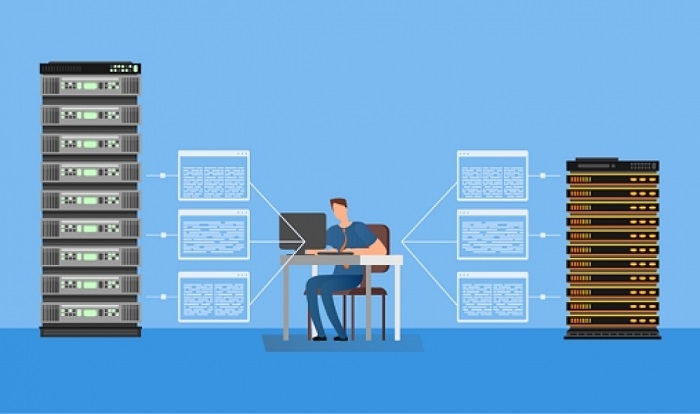The prevailing Server Virtualization Market Prediction points not to a technology in decline, but to one that is evolving to become a more integrated and intelligent layer of the modern IT stack. While the initial wave of server consolidation is largely complete in many mature markets, the future of virtualization lies in its role as an enabler for next-generation technologies and architectures. A key prediction is that virtualization will become less visible but more ubiquitous, deeply embedded within hyper-converged infrastructure (HCI) solutions and cloud platforms. Instead of managing virtualization as a separate silo, IT teams will manage a unified pool of resources, with the hypervisor operating seamlessly in the background. This shift is toward a more automated, policy-driven approach to infrastructure management, where the focus is on the application workload rather than the underlying VM.
One of the most significant predictions revolves around the relationship between virtualization and containerization. Rather than viewing containers (like Docker and Kubernetes) as a replacement for virtual machines, the market is moving towards a model of co-existence and synergy. The dominant trend is running containers within VMs. This architecture provides the best of both worlds: the robust security, isolation, and established management capabilities of VMs, combined with the lightweight, portable, and agile nature of containers. Major virtualization vendors are actively embracing this by integrating Kubernetes management directly into their platforms. This prediction suggests that the future data center will be a multi-faceted environment where VMs and containers are managed side-by-side through a single, unified control plane, solidifying the hypervisor's role as the foundational security and resource management layer.
Looking further ahead, predictions focus on the infusion of artificial intelligence and machine learning into virtualization management, a trend known as AIOps (AI for IT Operations). Future virtualization platforms will use AI to provide predictive analytics, automatically identifying potential performance bottlenecks or security threats before they impact operations. They will be capable of self-optimizing workload placement for maximum efficiency and self-healing in response to hardware failures, significantly reducing the need for manual intervention. Another key prediction is the extension of virtualization beyond the central data center to the network edge. Lightweight, secure hypervisors will become essential for managing the compute resources required for IoT gateways and remote office deployments, making server virtualization a critical enabling technology for the distributed enterprise of the future.


